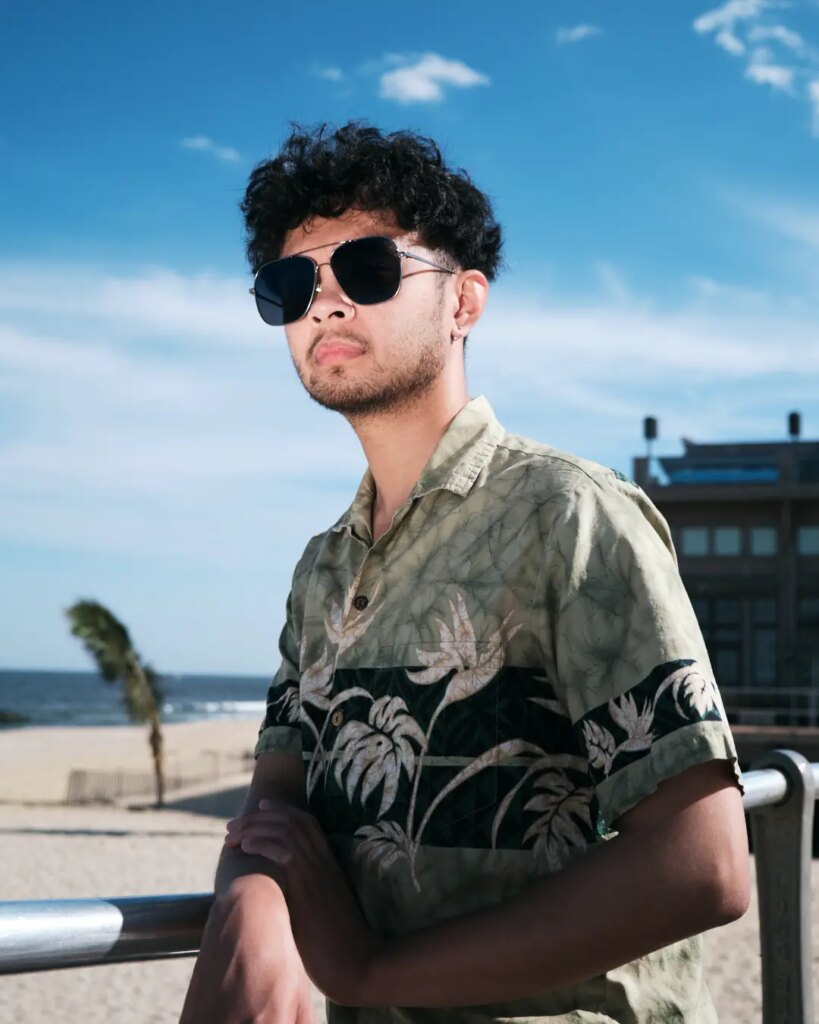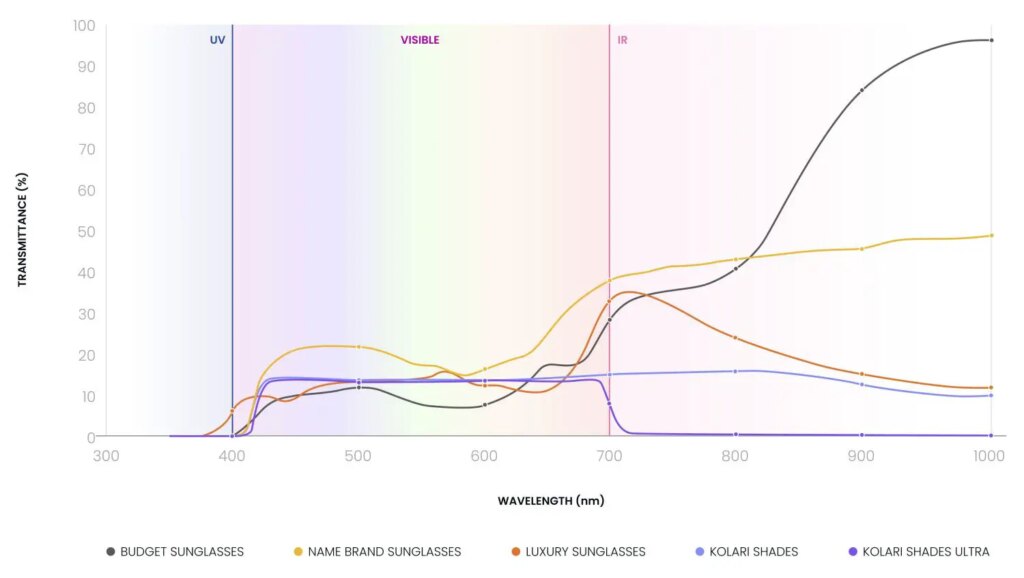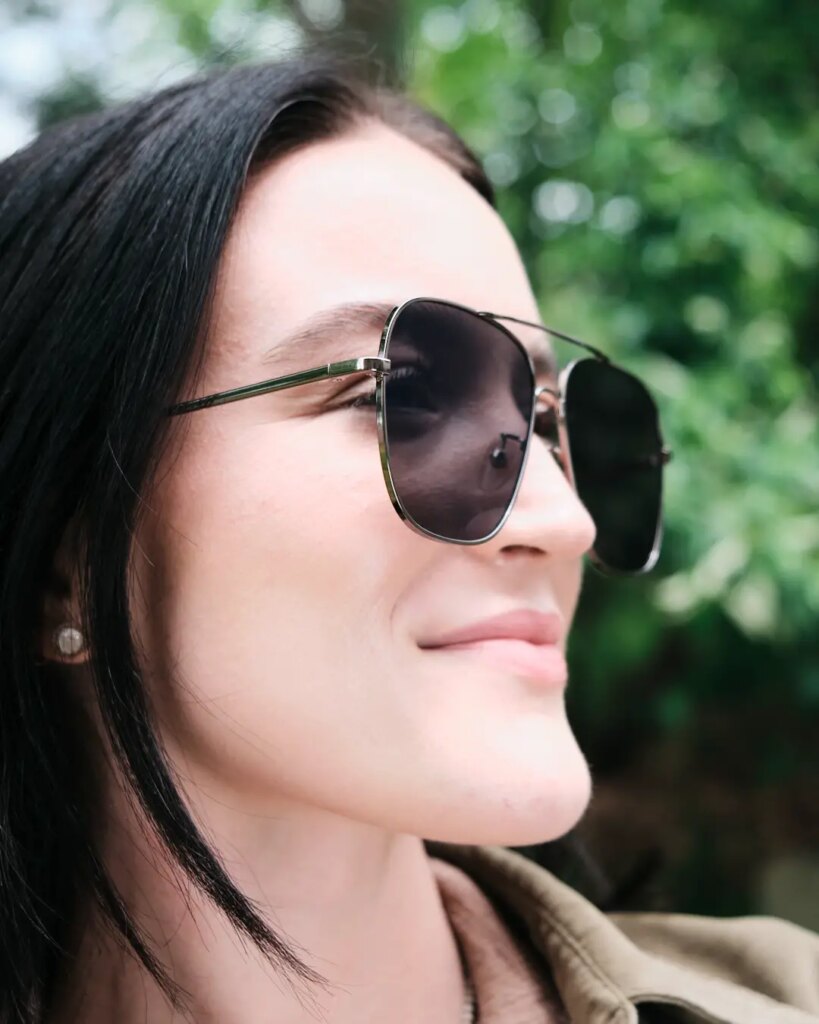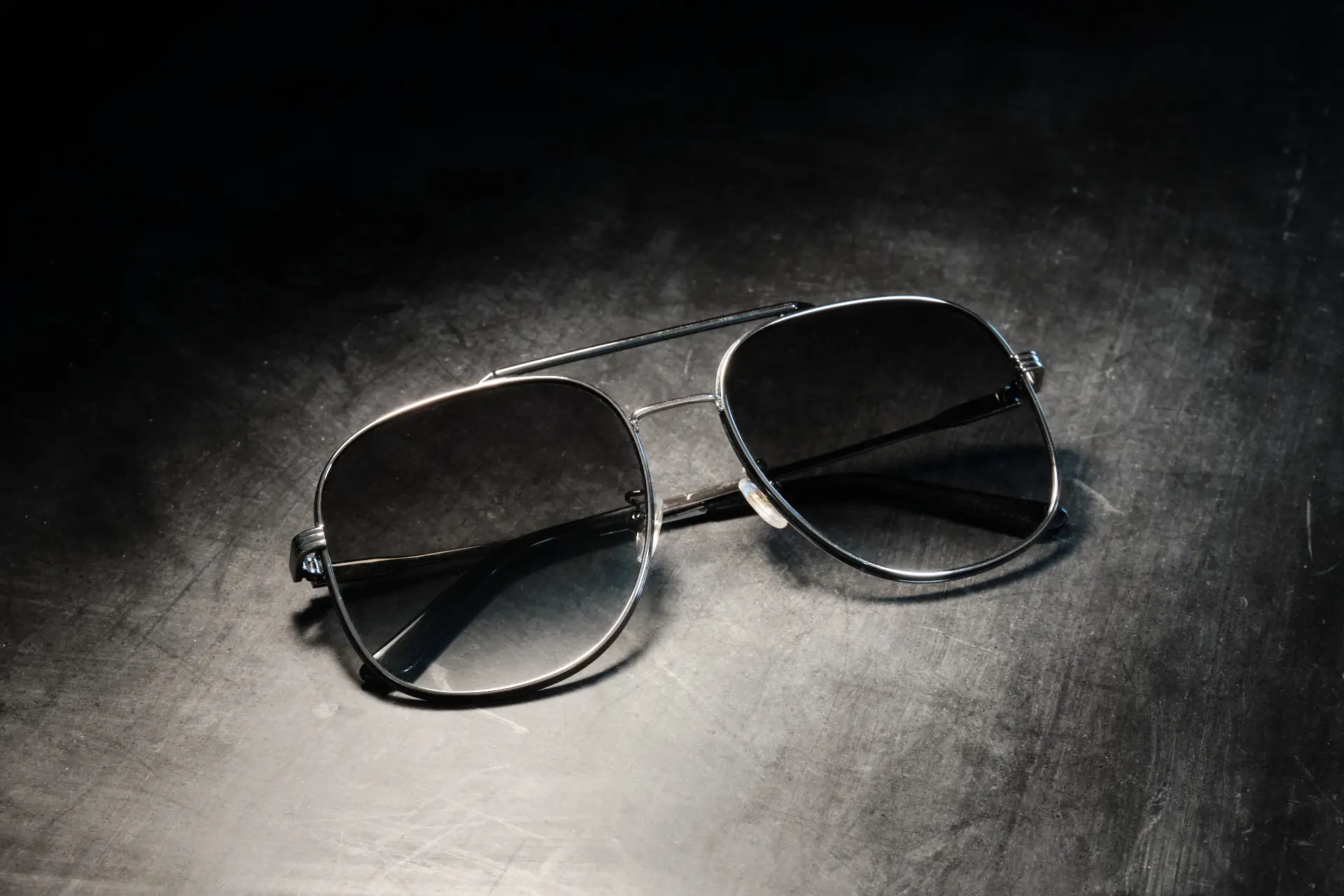Photographers often find themselves outdoors when working or creating so therefore on sunny days, a good pair of sunglasses is essential. Now, there are countless options out there when it comes to sunglasses, but what about ones designed by photographers for photographers?
Kolari Shades is a new venture by the company well known for making IR filters, Kolari Vision. Using their background and knowledge from the photographic industry, Kolari Vision is introducing high-quality sunglasses specifically tailored to photographers’ needs.

At the moment, Kolari has launched a pre-Kickstarter of sorts. They are essentially allowing folks to pre-reserve the discounted crowdfunding campaign price now for $1. Then when the Kickstarter launches, each reservation will receive a 40% discount for the sunglasses. There is no release date planned yet for the Kickstarter however.
Kolari Shades feature high-quality materials such as titanium frames and corning gorilla glass with anti-reflective, anti-smudge coatings as well as UV and IR blocking technology. Interestingly, they also say the shades are anti-facial recognition.

Frames can be either gold or gray and there are 5 different lens options: Basic (UV Block, 90% IR Block), Basic Polarized, Ultra (UV Block, 99% IR Block), Ultra Polarized, and Ultra Gradient.
Reserving the frames for $1 on Kolari’s pre-campaign website will entitle you to the 40% discount, which makes the discount price (depending on the lens option selected) $119 – $179 (MSRP $219-$339).
“Kolari Shades are the only sunglasses built by photographers, for photographers. Featuring ultra-strong Gorilla Glass—the first glass strong enough to meet FDA impact resistance requirements for eyewear—our all-new sunglasses provide unparalleled sharpness and color neutrality while also blocking harmful IR light from reaching your eyes. Topped with our renowned scratch-resistant, anti-reflective coatings and housed in a titanium frame, the Kolari Shades boast exceptional clarity and durability with a premium feel.” – Kolari Vision

The company has been creating products in the IR photography space since 2008 and as a small startup team, they say this allows them to invest more back into invention and innovation.
Head over to this link to see the reservation page for the Kolari Shades.
If you are interested in finding out more about the company and its other products, head over to the main website page linked here.
Share this post:









Comments
David Dutchison on NEWS: Kolari Vision Launches Kolari Shades – Sunglasses for Photographers by Photographers
Comment posted: 22/07/2023
Comment posted: 22/07/2023
tbm3fan on NEWS: Kolari Vision Launches Kolari Shades – Sunglasses for Photographers by Photographers
Comment posted: 23/07/2023
Comment posted: 23/07/2023